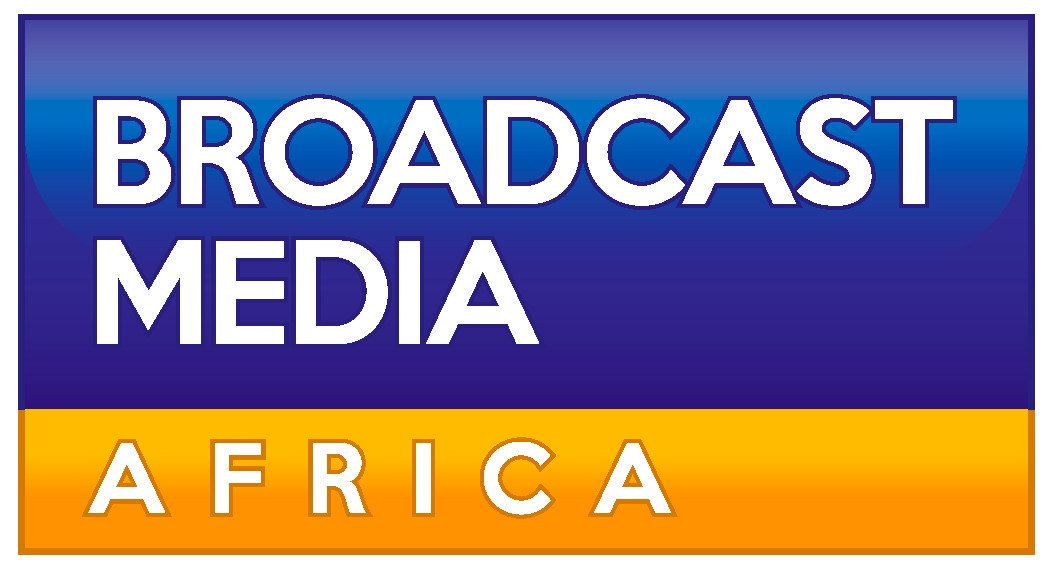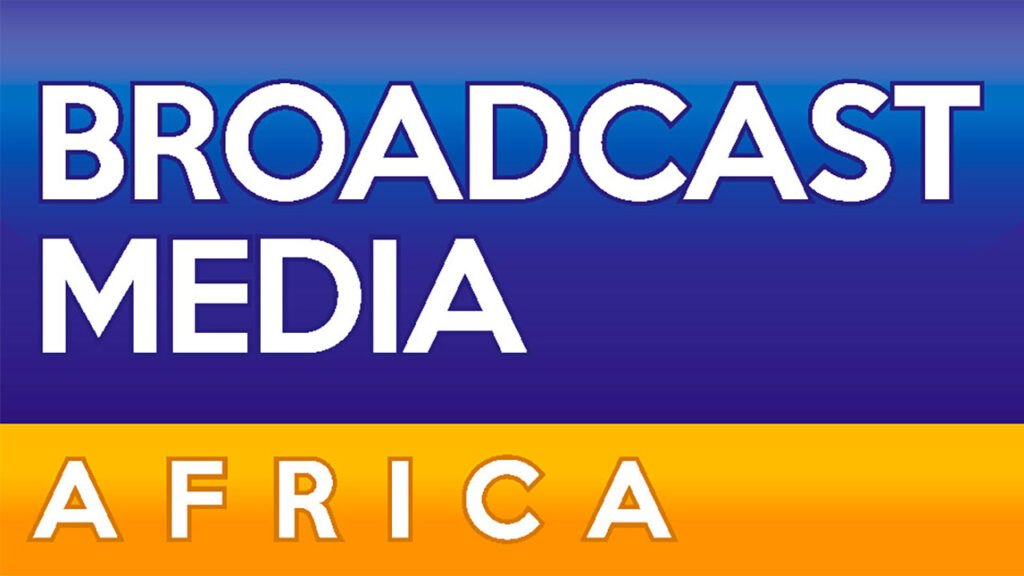
Communication satellites, a potential game-changer in Africa, can revolutionise connectivity. By enabling African telecom operators to enhance network coverage and reach, they can effectively bridge coverage gaps across the continent, bringing connectivity to even the most remote areas.
A report by the Global System for Mobile Communications Association (GSMA) underscores the effectiveness of satellites and non-terrestrial networks (NTNs) in delivering connectivity, especially in remote areas where deploying terrestrial networks is challenging and costly. The report also highlights the significant role of recent advancements in satellite and NTN solutions, such as improved performance, reduced deployment costs, and the development of more viable business models. These advancements have opened up new avenues for partnerships between telecom operators and satellite companies, potentially reshaping the connectivity landscape in Africa.
African telecom operators are increasingly exploring satellite solutions, with MTN Group revealing in December 2023 that it was exploring partnerships with low Earth orbit (LEO) satellite companies, including Lynk Global, AST SpaceMobile, Starlink, Eutelsat OneWeb, and Omnispace. The GSMA report explains that satellite solutions offer access to new customers in underserved areas and the ability to provide connectivity for emergency services and existing customers where a terrestrial signal is not available. The document also mentions growing partnerships between telecom operators and satellite companies across continents and use cases, including rural coverage and disaster relief.
Concrete steps have already been taken in Africa to harness the power of satellite solutions. In November 2022 and March 2023, agreements were signed between OneWeb (now Eutelsat OneWeb) and telecom operators Airtel Africa and Orange, respectively. These agreements are aimed at extending service coverage using the satellite operator’s LEO constellation. Airtel has also launched a new satellite connectivity solution named “Airtel Satellite,” which is poised for expansion to other countries where the company operates. These initiatives serve as tangible evidence of the growing role of satellite solutions in the African telecom sector.
These partnerships with telecom operators are expected to strengthen African telecommunications market competition and accelerate population service adoption. However, African governments require foreign companies to comply with existing regulatory requirements to obtain operating licenses.










